5. Amp Modeling
The well-established and iconic sound of a tube amplifier, which has shaped the expectations of guitarists and listeners for decades, naturally leads to some skepticism about devices that don't feature the glowing glass tubes.
It's not only about the sound but also the tactile feel and the interaction between the amplifier, guitar, and player. Quality tube amplifiers with overdriven sounds provide a smooth and responsive control over the level of distortion through your playing attack - you have direct power over the immense tone. Additionally, a top-notch tube amplifier is highly sensitive to the nuances in your playing, delivering them with exceptional precision.
In the 1970s and 1980s, most transistor amps couldn't replicate these characteristics. However, with the advancement of digital technology, it became possible to completely mimic the sound and responsiveness of guitar amplifiers and speaker cabinets in digital form using algorithms. An algorithm is simply a precise set of instructions for accomplishing a specific task - in this case, it instructs the processor on how to act to achieve a particular result. These algorithms serve as the core of modeling amplifiers, and the faster the processors work and the more accurately the converters resolve the audio signal, the more authentic the result. The input and output circuits, known as AD/DA converters in the industry, transform the analog guitar signal into digital (AD) for manipulation by the processor. The end product is then transformed back from the digital world into an analog audio signal (DA) and routed to the output.
A forerunner to the digital amp modelers that became available in the mid-1990s was the SansAmp, created by the New York-based company Tech 21. In 1989, it utilized analog circuits to simulate the sound of various amplifier types.
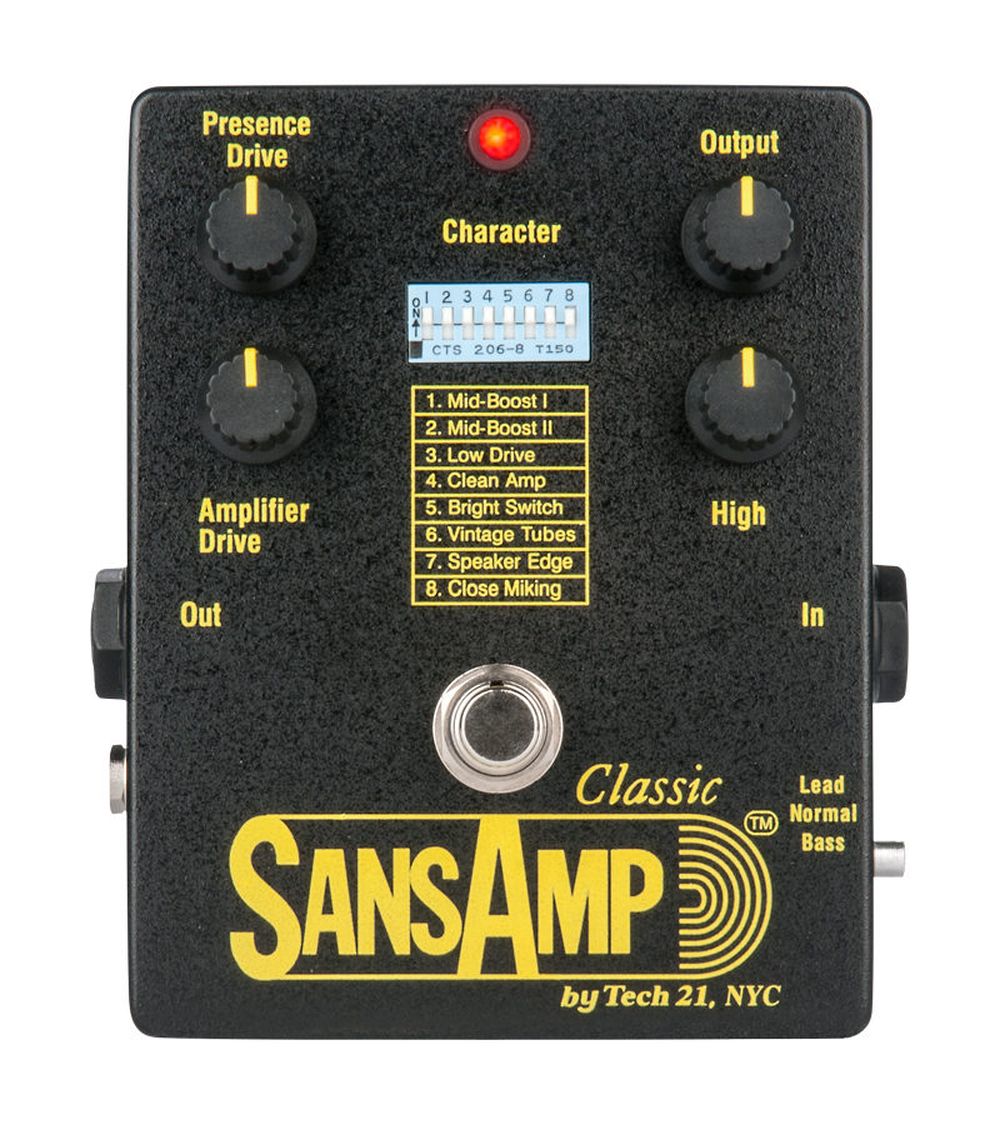
Tech 21 SansAmp
Later, the Japanese manufacturer Boss made significant advancements in this field with the GP-100 and the introduction of the first Virtual Guitar System (VG-8).
However, the first iconic product in this domain emerged from the relatively young company Line 6 in 1998. They astounded the music world with the POD, easily recognized by its distinctive bean-shaped design.
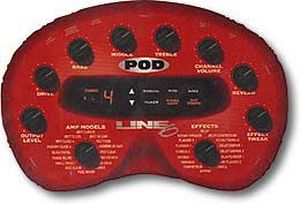
Line 6 POD
The POD featured 16 digital emulations of classic tube amps (Amp Models) and their associated speaker cabinets onboard. What was achievable with the POD, like plugging in your guitar and directly connecting it to a mixer, would have required a complex signal chain and high volume in the tube amp world. This innovation made recording easy, efficient, and noiseless, compressing 16 amps, including cabinets and effects, into a backpack. During that era, the sound quality of the POD and its subsequent improved versions was so remarkable that it was widely considered the "State of the Art" in amp modeling for an extended period, despite intense competition.
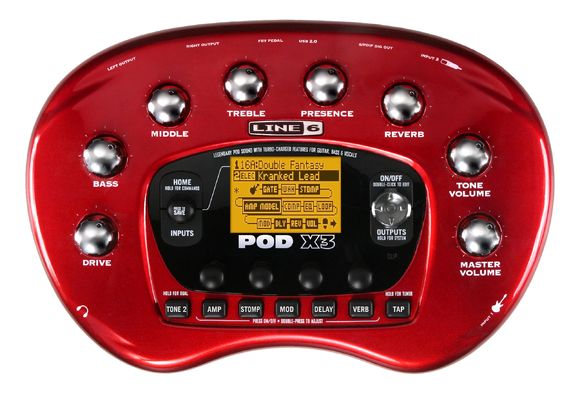
Line6 Pod x3
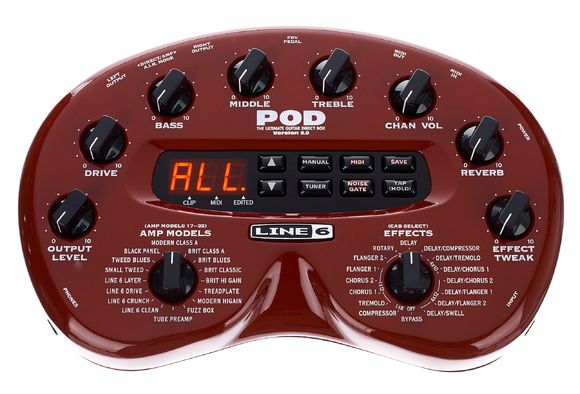
Line6 PodII
Up until 2012, when the Kemper Profiler hit the market.
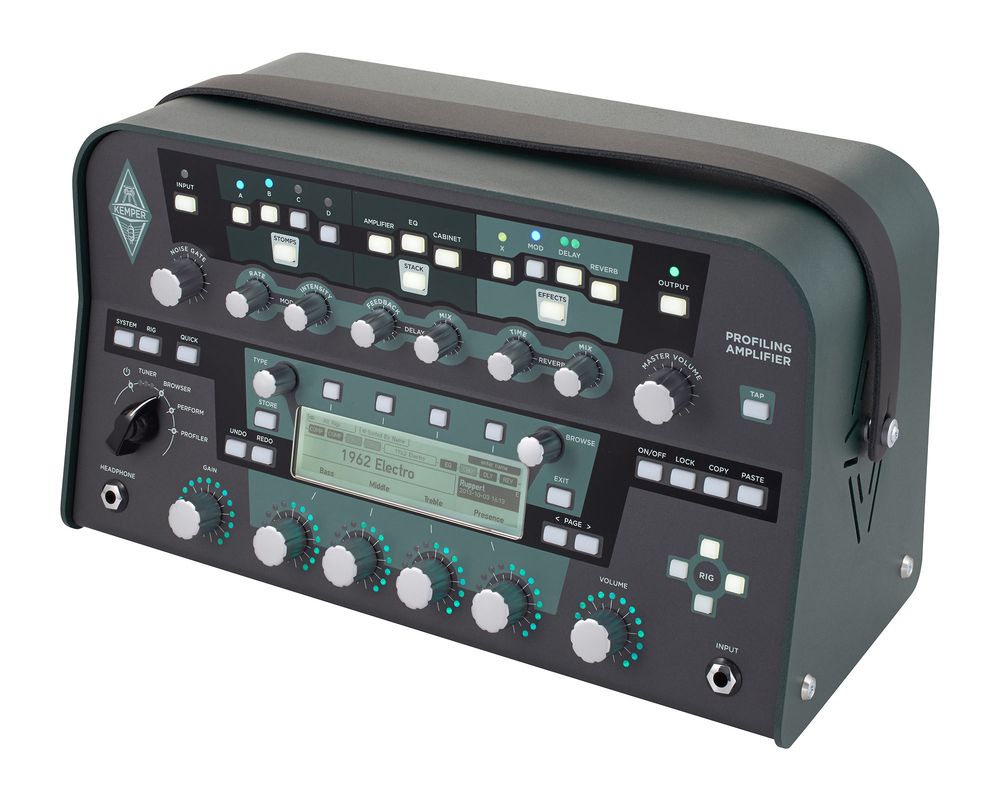
Kemper Profiler
The German company developed a digital amplifier capable of creating profiles of tube amplifiers. The Profiler works by analyzing a real amp using acoustic test signals, generating a digital profile of the sound. This profile not only sounds remarkably similar to the original amp but also closely replicates the way a tube amp responds. Importantly, this profile isn't a static sample; you can modify the level of distortion, fine-tune it with an equalizer, and customize it to your preferences with a wide selection of integrated effects. This innovative technology has been embraced by numerous professionals who want to carry their familiar amp sounds without the hassle of transporting heavy equipment.
Creating your own profiles is not a requirement, as the Profiler comes preloaded with a large number of amp profiles, and there are also extensively created ones available from various providers. However, the creator of the POD has not rested in recent years and offers a high-quality modeling amp with its flagship, the Line 6 Helix.
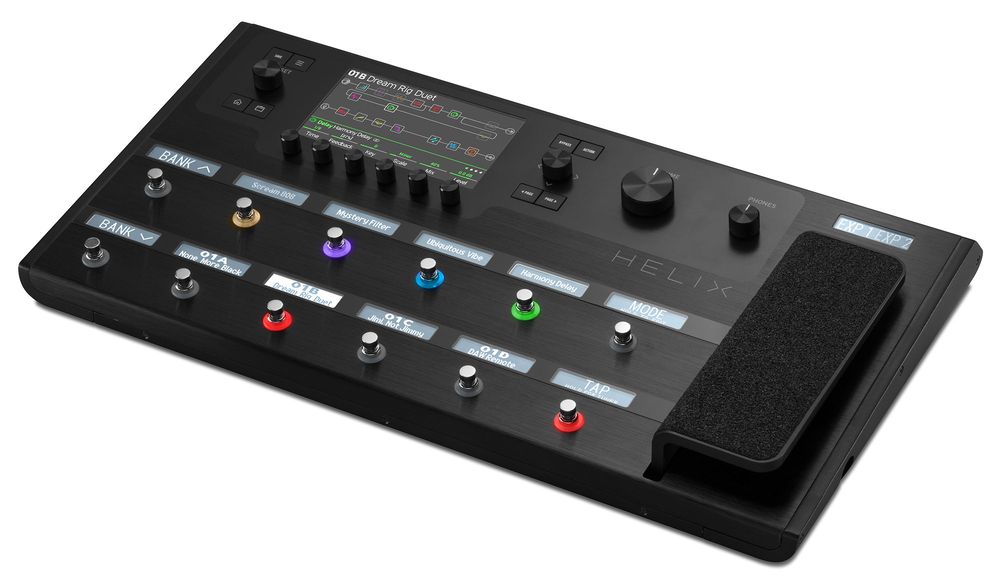
Item Nr. 366537 - Line 6 Helix Guitar Processor
Another well-known player in this sector is the manufacturer Fractal Audio.
If you'd like to learn more about amp modeling, you should check out our complete guide on Amp-Modeling.








